In my previous post, I explained how I use parables to help my students understand the basic beliefs of Hinduism. Now it's time to take a look at some of my lessons on Taoism.*
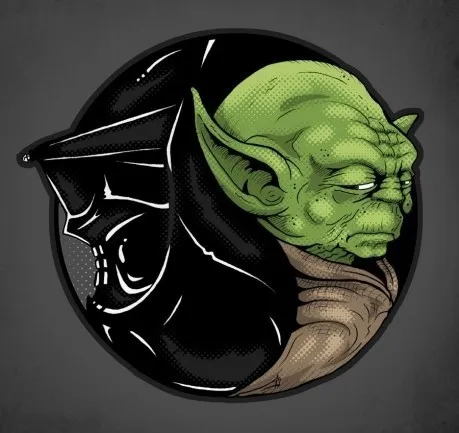
If this were a true Yin and Yang symbol, there would be a bit of light in Darth Vader (which Luke always believed there to be), and a little dark in Yoda. Perhaps Yoda speaks backwards to mess with people? That would be a little dark... and hilarious.
Considering that Taoism is based on simplicity, it is a bit ironic that it is one of the most complex religions to teach. Taoism is based on the teachings of of the ancient Chinese philosopher Lao Tzu. I apologize for sounding like every bad graduation speech ever but... Merriam-Webster Dictionary defines "The Tao" as the "unconditional and unknowable source and guiding principle of all reality as conceived by Taoists or the process of nature by which all things change and which is to be followed for a life of harmony."
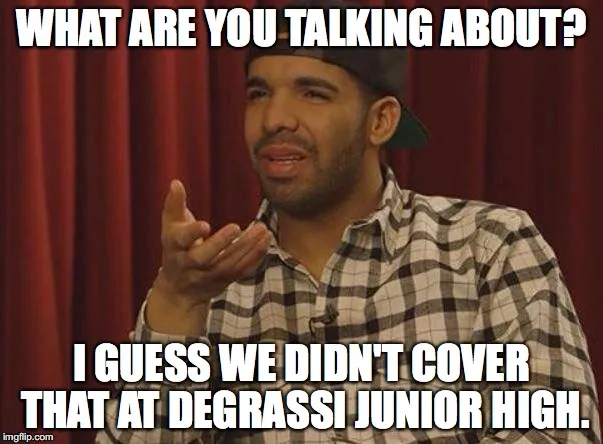
Hmmm that sounds kind of complicated. How can I explain this to Drake? I'm going to need some help. Luckily for me, the writer of the greatest film series in the history of time happened to directly rip off the Tao for his films.
When I teach about Taoism, I always start by introducing the founder, Lao Tzu, and then explain that Taoists believe in a Force called the Tao. I ask the class if they know of any other philosophy centered around a Force. Considering my students have known me for more than 30 seconds, and they know what I am obsessed with, several students always shout out, "Star Wars"! (It makes me so proud).
I smile, turn on the classroom projector, and instruct my students to listen for the word "Force" in the following clip. I instruct them to mentally replace it with "Tao". Then I hit "play" and show them the following scene from The Empire Strikes Back.
After showing the clip, I immediately ask the students if they think Taoists believe that there is a magical Force that can move objects? They think about it, and say "no". We continue our discussion as to why I would show a clip if it weren't exactly true. Eventually the students come to the realization that this clip is just meant to be a starting point for the lesson. It helps them to wrap their heads around the idea that Taoists believe that following the "flow" of nature is the key to happiness.
Even after this introduction, nearly all of the students are still a bit confused. For most of them, this belief system is incredibly different from their own religion. For Drake... he seems to be a bit befuddled all the time. Luckily for me, the writer of one of the greatest children's book series in the history of time happened to create a character who perfectly illustrates many of the ideas of Taoism.
Who is this tubby, little cubby all stuffed with fluff?
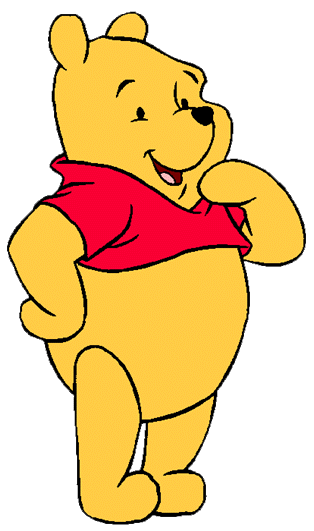
He's Winnie the Pooh, Winnie the Pooh, a willy, nilly, silly old bear... who perfectly illustrates many of the teachings of a 2700 year old ancient Chinese philosophy (they usually leave that last line out of the song).
Even more fortunate, is the fact that author Benjamin Hoff recognized Pooh as the epitome of Taoism as well. Then Hoff decided to write an entire book about it called, The Tao of Pooh.
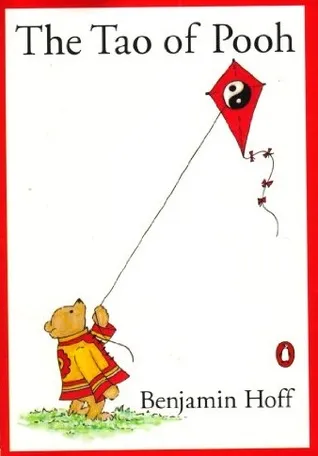
Because I do not have time for my class to read the entire book (although I wish we did), I had to be very strategic in finding one chapter that will provide the most "bang for the buck". The second chapter does just that. In only thirteen very short pages, by using Pooh and his friends as recognizable examples, Hoff provides an incredibly accessible avenue for students to learn about the basic Taoist concepts of: The Uncarved Block, the importance of nature, enjoying life, being spontaneous, and the value of natural simplicity.
Similar to the Hinduism parables, I provide questions for the students to answer as they read the chapter. Those students with severe reading disabilities are supported by their peers or an adult. Again, these questions do not go very far in terms of depth of knowledge. They are text based questions whose purpose is to provide the background knowledge needed to participate in a classroom discussion. During this discussion the students are challenged to go deeper into the subject and to truly think.
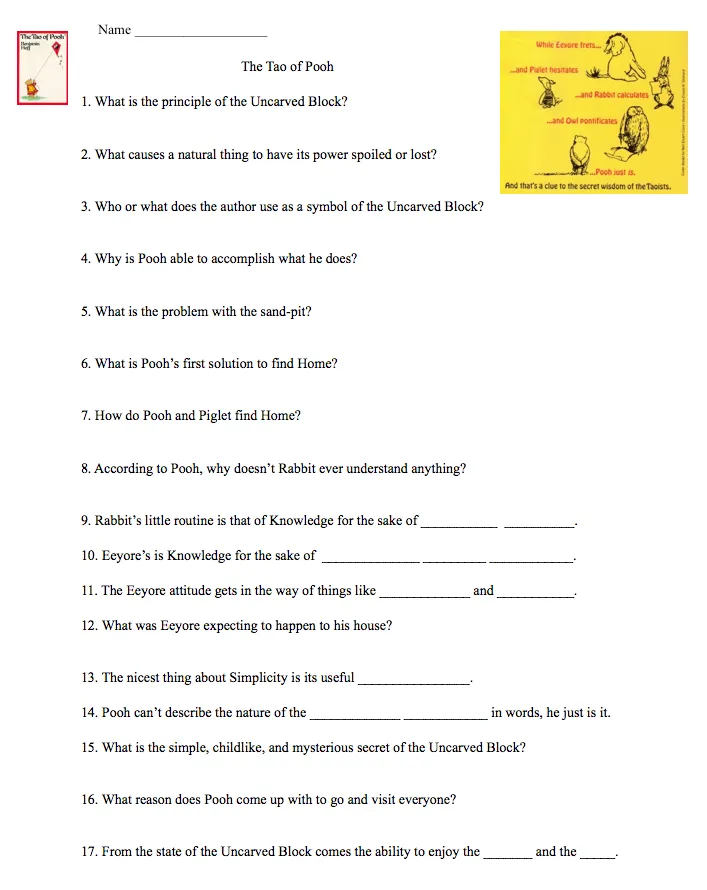
These questions can help guide students as they read pages 9 to 21 of The Tao of Pooh.
As always, my students impress me during the follow-up discussion. It really is fun to see the "lightbulb go off" as they make connections between these familiar characters and a formerly unfamiliar Eastern philosophy.
In the final installment of this series, I will describe how I use an embarrassing personal story (of which I have many) to really solidify my students' understanding of the basic teachings of Taoism.
By the way, if there are any experts on Taoism out there, feel free to correct any mistakes I may be making. I learned everything I know from reading. I would imagine someone who is living it will know a great deal more than I do.
*Note: I teach about several world religions. I preach about none. Part of our required world history curriculum includes teaching the basic facts of several world religions. I would never try to sway students about their own beliefs. The goal is to educate students about what people around the world believe (and how these beliefs shaped history), not to tell them what they should believe.